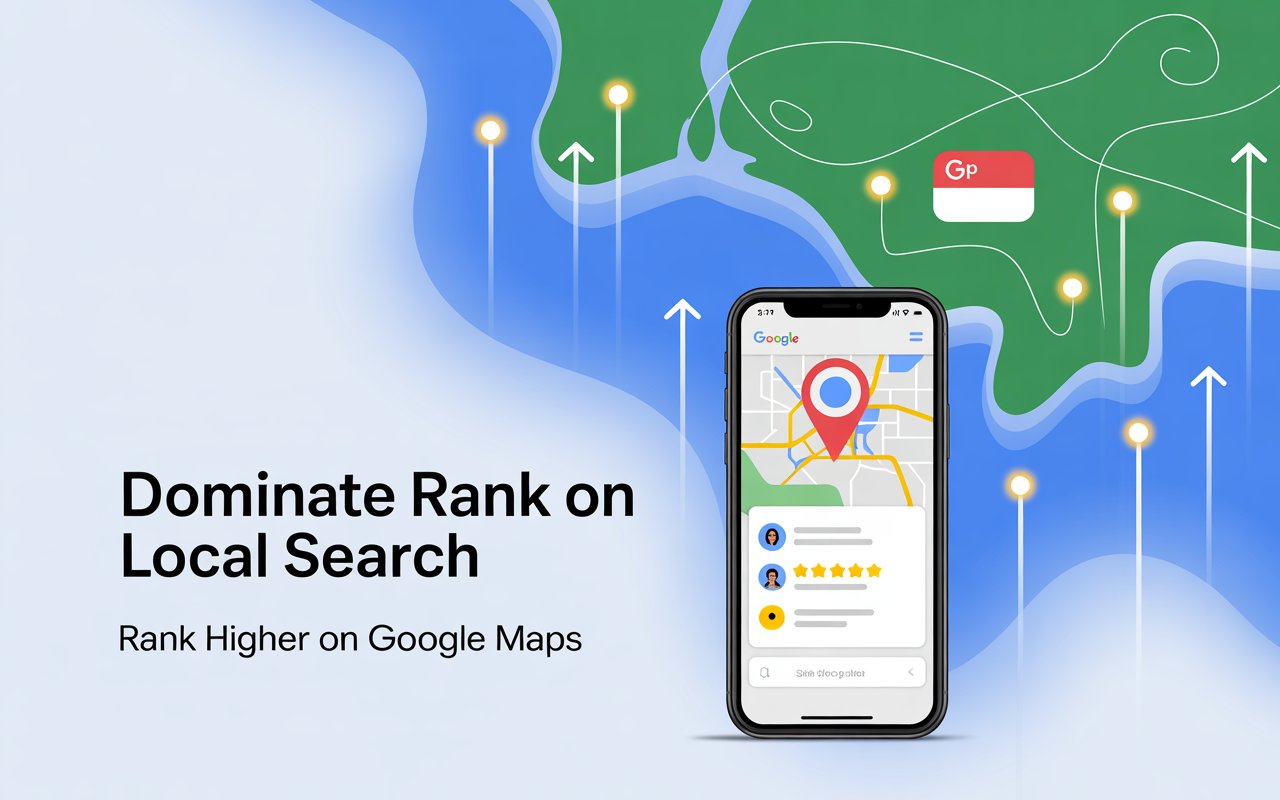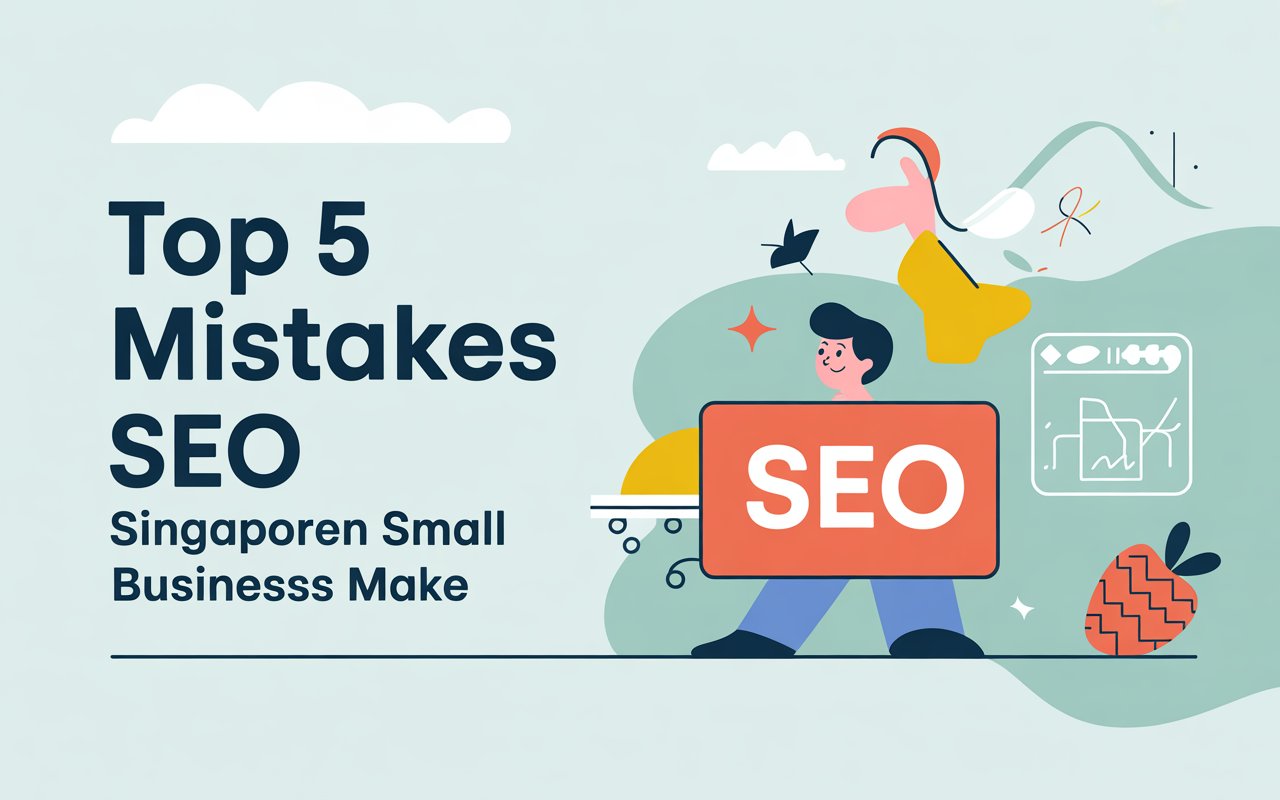Introduction
In Singapore’s bustling business ecosystem, ranking on Google Maps is a game-changer for local success. With over 80% of consumers using Google Maps to discover nearby businesses, securing a top spot can significantly boost foot traffic, phone calls, and online conversions. As of 2025, Singapore’s digital economy is projected to grow by 20% annually (Statista), driven by a tech-savvy population of 4.8 million digital users. This guide provides a detailed, research-backed roadmap to optimize your Google Business Profile (GBP) and dominate local search rankings, tailored for Singapore’s unique market. Whether you’re a retail store in Orchard Road or a service provider in Jurong East, these strategies will help you stand out.
Why Google Maps Ranking Matters in Singapore
Singaporeans increasingly rely on mobile devices for local searches, with 70% of “near me” queries resulting in a store visit within 24 hours (Google Data). Businesses ranking in the Google Map Pack (top 3 listings) see 44% more clicks than those below, making it a critical channel for visibility and trust. In 2025, voice search is expected to account for 50% of all searches, fueled by smart speakers and AI assistants, while zero-click searches (where answers appear without clicks) dominate at 80% (Google Search Trends). Factors like relevance, distance, and prominence determine rankings, offering SMEs a chance to compete with giants. Without optimization, you risk losing 76% of users who don’t scroll past the first page.
Step-by-Step Guide to Ranking on Google Maps
1. Claim and Optimize Your Google Business Profile (GBP)
The foundation of Google Maps success starts with claiming your GBP via Google Business Profile Manager. Verification can be done via phone, email, or postcard, taking 1-2 weeks. Fill every field accurately: business name, address, phone (NAP), website, operating hours, and categories (e.g., “Restaurant” as primary, “Cafe” as secondary). Upload high-quality photos—360° views boost engagement by 94%—and short videos showcasing your premises. Enable messaging and Q&A features, responding within 24 hours, as quick responses improve rankings by 10% (BrightLocal). For Singapore, mention local areas like “Marina Bay” or “Chinatown” in descriptions to enhance relevance.
2. Gather and Manage Customer Reviews
Reviews are a ranking booster—businesses with 4+ stars and recent feedback rank 20% higher. Encourage reviews via email, SMS, or in-store QR codes, aiming for 5-10 monthly. Respond to all reviews, even negatives, within 24 hours to show engagement; 85% of Singaporeans read reviews before deciding. Use tools like Google Review Link Generator to simplify the process. Consistent positive feedback builds trust and prominence, while neglecting reviews can drop rankings by 15% (ReviewTrackers).
3. Optimize for Local Keywords
Target keywords like “best hair salon Singapore” or “dentist near Tampines” using Google Keyword Planner or SEMrush. Integrate them into GBP descriptions, posts, and your website’s location pages (e.g., “Services in Punggol”). Add schema markup for local business data to aid Google’s understanding. Post weekly GBP updates with keywords—promotions or local tips—to signal activity. With voice search growing, use natural phrases like “find the best coffee shop near me” in content.
4. Build Local Citations and Backlinks
Ensure consistent NAP across 50+ directories like Yellow Pages SG and Singapore Business Directory. Use Moz Local to audit inconsistencies, which can reduce rankings by 20% if unaddressed. Earn backlinks from local sites—guest posts on SG blogs or event sponsorships—with DA 30+ links boosting prominence. For 2025, link to metaverse events or virtual tours to align with trends.
5. Enhance Technical SEO and User Experience
Your website must be mobile-friendly (90% of Singapore uses mobile) and load under 3 seconds. Meet Core Web Vitals using PageSpeed Insights—LCP under 2.5s, CLS under 0.1, FID under 100ms. Embed Google Maps on contact pages and use geo-targeted content. Secure with HTTPS, optimize images, and ensure accessibility. Monitor with Google Search Console and Analytics.
6. Leverage Advanced Features and Trends
Use GBP posts for weekly updates with photos and CTAs. Add attributes like “family-friendly” or “open late” to match searches. Integrate bookings or products for direct action. Monitor insights to focus on high-performing queries. In 2025, use AI tools for personalized responses and metaverse integration (e.g., virtual store tours).
Common Mistakes to Avoid
Avoid NAP inconsistencies (20% ranking drop), ignoring reviews (15% trust loss), keyword stuffing (penalties), or poor mobile optimization (50% traffic loss). Never buy links—stick to ethical methods to avoid Google penalties.
Tools and Resources
Use Google Keyword Planner for research, Moz Local for citations, and BrightLocal for review management. Track performance with Search Console and Analytics. For 2025, explore AI tools like Texta.ai for content optimization.
Conclusion
Ranking on Google Maps in Singapore requires optimization, consistency, and adaptation to 2025 trends like voice search and AI. Follow this guide, monitor progress, and consult experts for a tailored audit. Start today to dominate local search!



